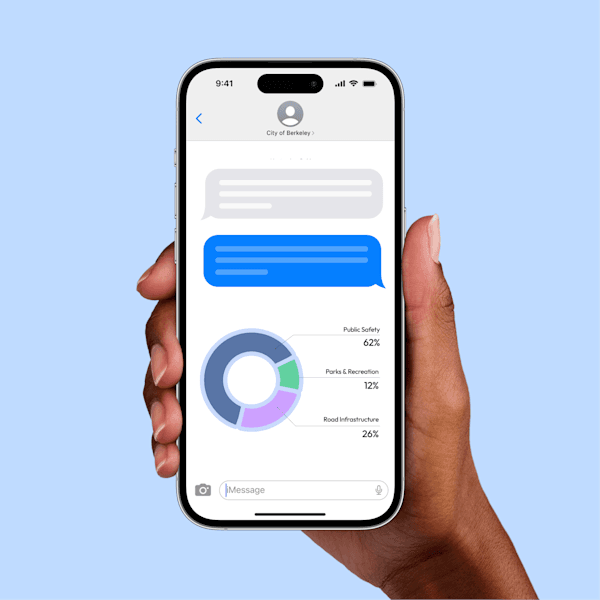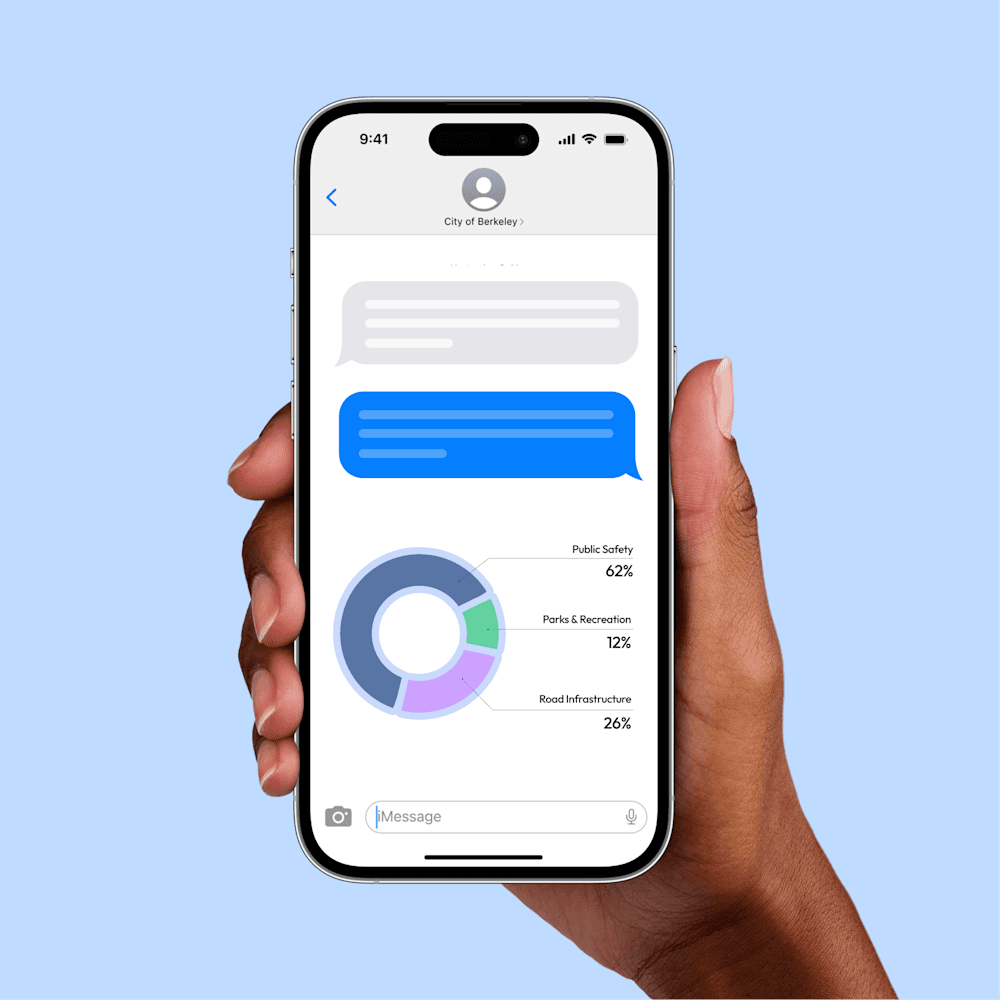What is E-Government?
E-government, short for electronic government, refers to the use of digital tools and internet-based systems to deliver public services, share information, and engage citizens. E-government platforms and programs are designed to make government more accessible, transparent, and efficient through technology.
In practice, e-government can take many forms, such as:
Online voter registration portals that make civic participation easier and faster.
City service apps that let residents access municipal services, report potholes, request permits, or pay utility bills.
Open data dashboards that track budgets, public spending, or community projects.
Government websites that allow people to renew driver’s licenses, apply for benefits, or access public records online.
Participatory budgeting platforms that let citizens vote on local spending priorities.
E-government initiatives are closely tied to the rise of civic tech, or technology designed to strengthen democracy and citizen participation. When implemented effectively, e-government can reduce bureaucracy, increase accountability, and give citizens a more direct voice in decision-making.

